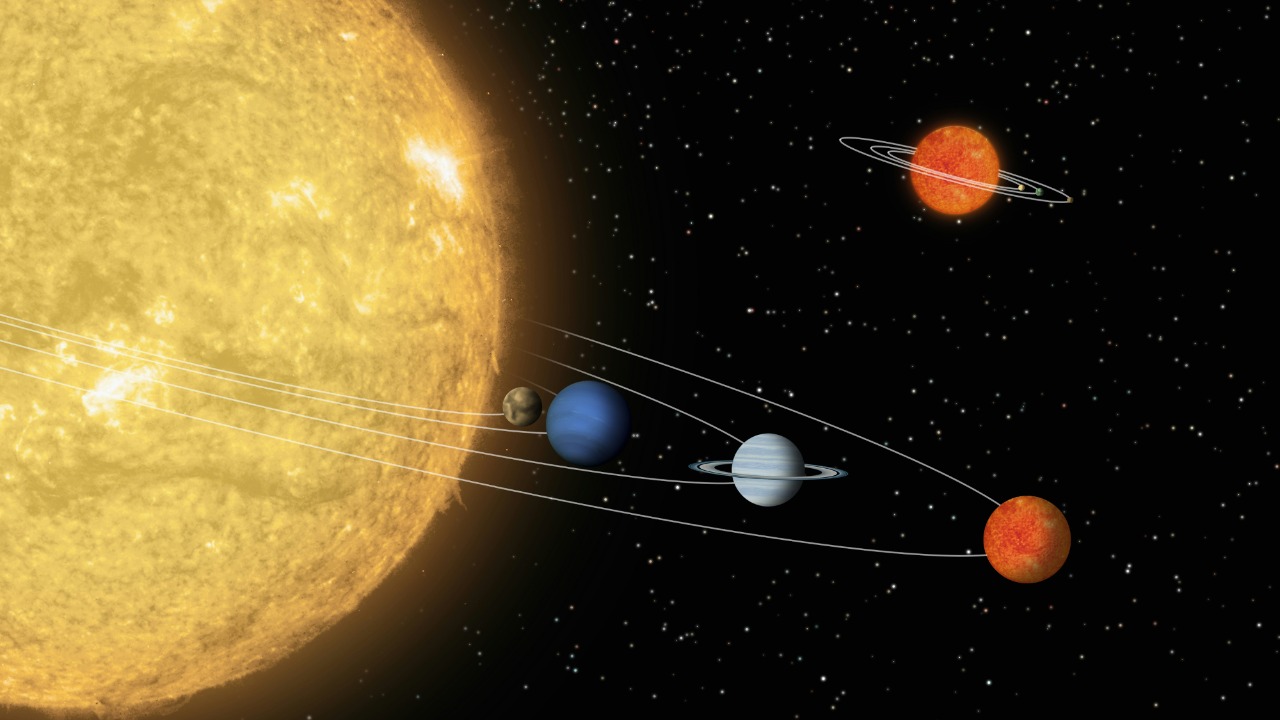
Our solar system’s planets formed in a specific sequence during its early history, with gas giants like Jupiter emerging first around 4.6 billion years ago, while rocky inner planets such as Mercury took longer to coalesce. Recent analyses indicate that no planet is dramatically younger or older than this baseline, but the formation order provides clues to relative ages. This timeline challenges assumptions about uniform planetary ages and highlights how dynamical models reveal the sequence from Jupiter’s rapid formation to the delayed assembly of terrestrial worlds.
The Formation Timeline of the Solar System
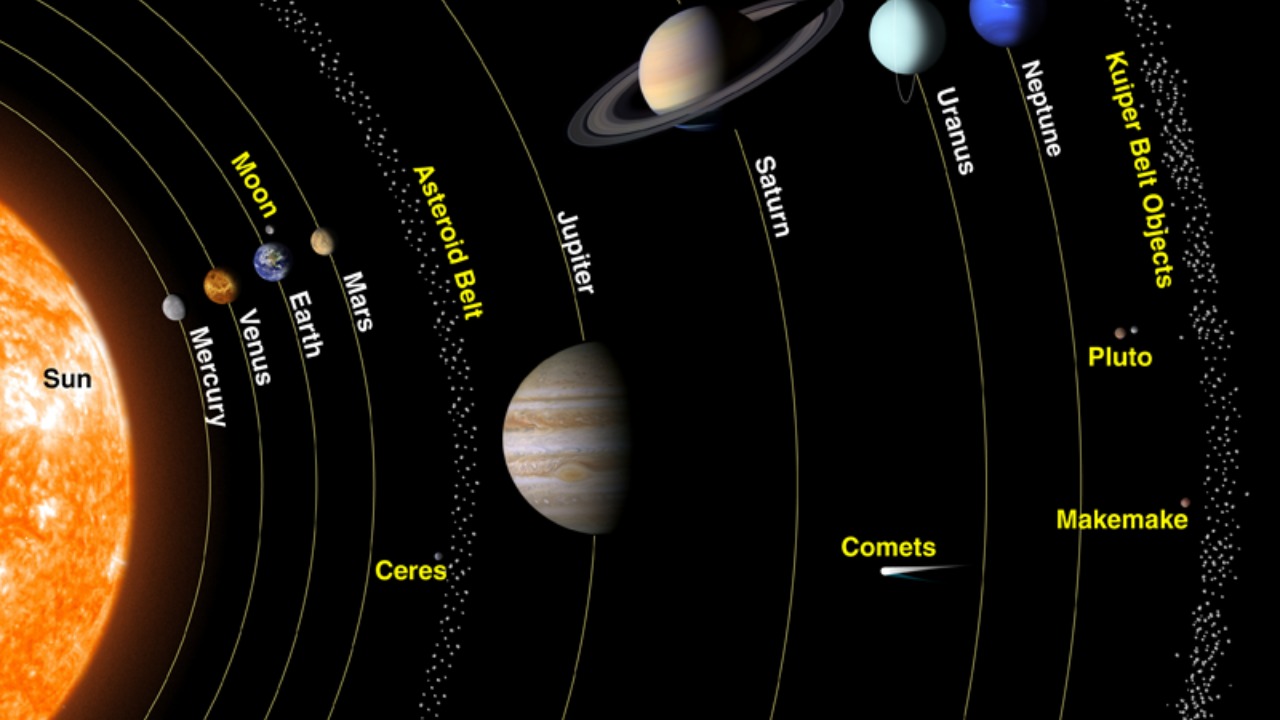
The overall age of the solar system is approximately 4.6 billion years, based on meteorite dating and protoplanetary disk models, setting the baseline for all planetary ages (IFLScience). This timeline is rooted in the nebular hypothesis, which posits that the sun ignited first, followed by sequential planet formation from the collapsing disk. The outer regions of this disk cooled faster, allowing for the assembly of gas giants (The Conversation).
Isotopic evidence from lunar samples and asteroids confirms the rapid accretion phase lasting just a few million years after solar ignition. This phase was critical in setting the stage for the formation of the planets as we know them today (Live Science).
Identifying the Oldest Planets: Gas Giants Lead the Way
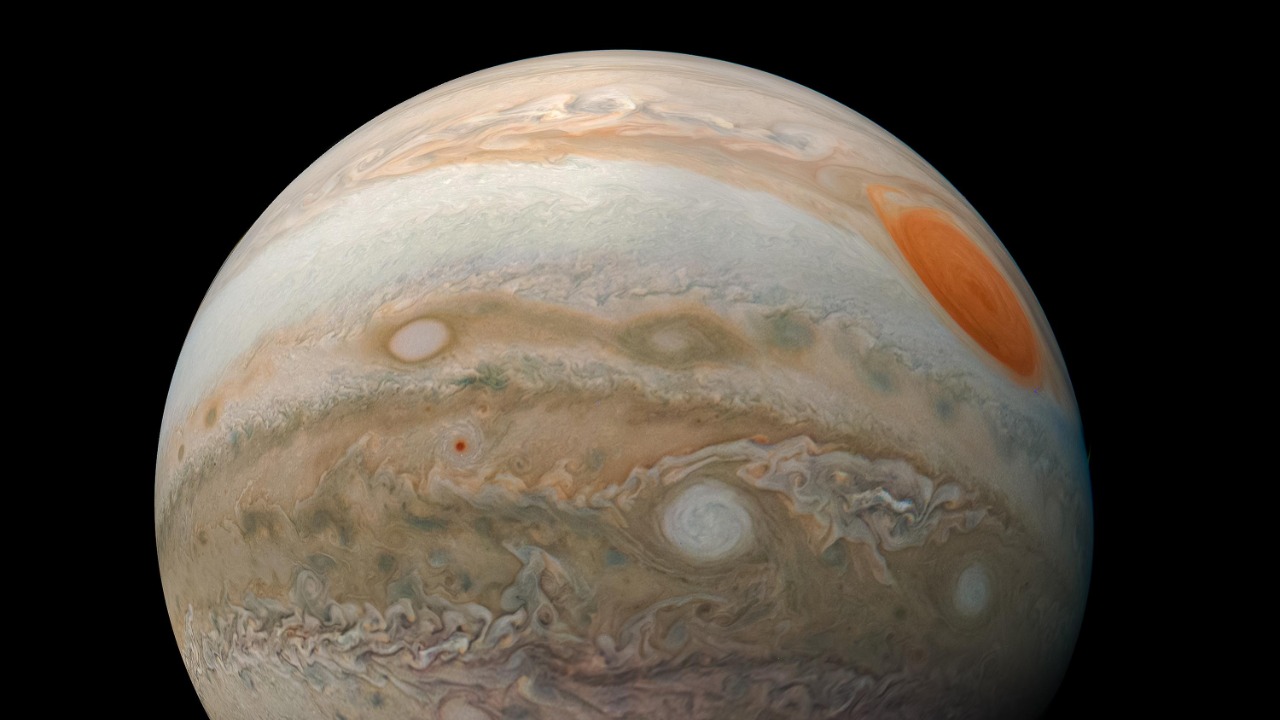
Jupiter is likely the oldest planet in our solar system, forming within the first 1-2 million years due to its massive core capturing gas from the outer disk before it dissipated (IFLScience). Following Jupiter, Saturn formed around 4-10 million years after the birth of the sun, a timeline supported by dynamical simulations showing migration and resonance effects (The Conversation).
Further evidence of Jupiter’s early formation comes from its moons, such as the ancient surfaces of Callisto and Ganymede, indicating the planet’s early stability (IB Times).
Relative Ages Among the Outer Planets
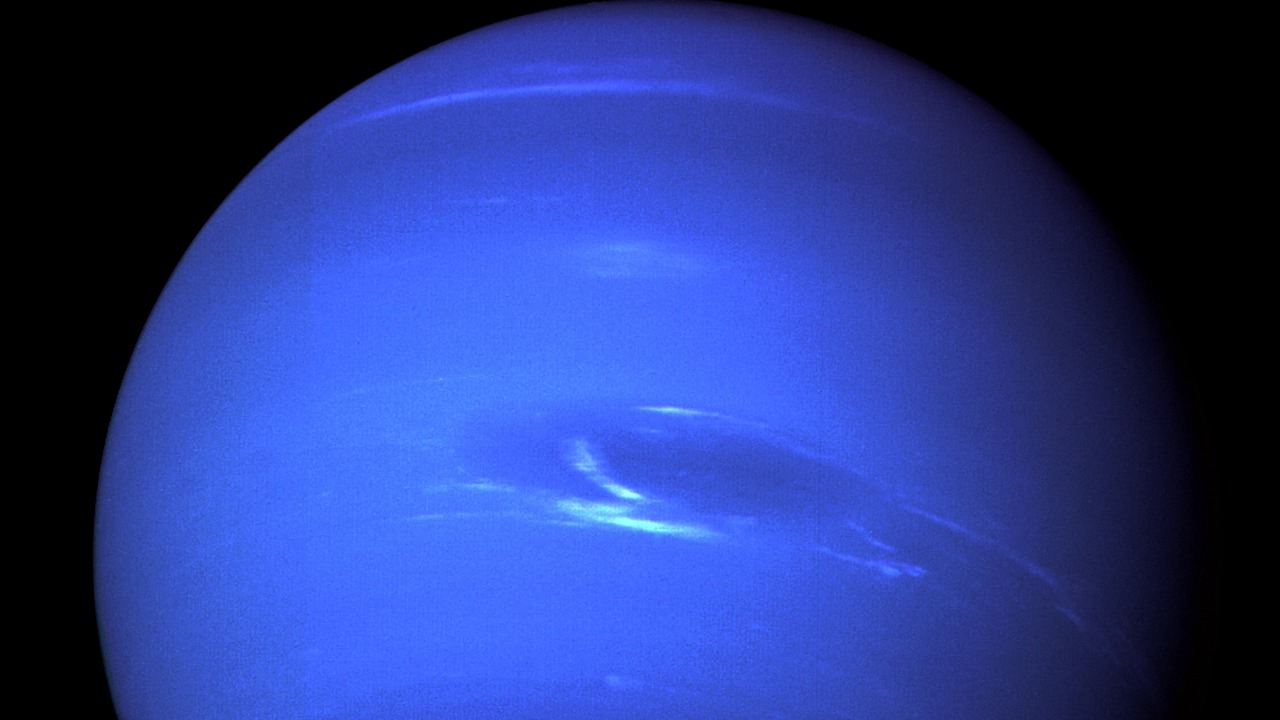
Uranus and Neptune, the ice giants of our solar system, formed over 10-20 million years in the cooler outer disk. Models suggest that Neptune’s migration influenced its formation timeline (Live Science). Their satellite systems, including older moons like Titania for Uranus, provide indirect age constraints aligning with grand tack scenarios (IB Times).
Spectroscopic data from Voyager and Hubble showing compositional similarities tie the formation of these planets to the post-Jupiter era (The Conversation).
The Younger Terrestrial Planets: Delayed Accretion
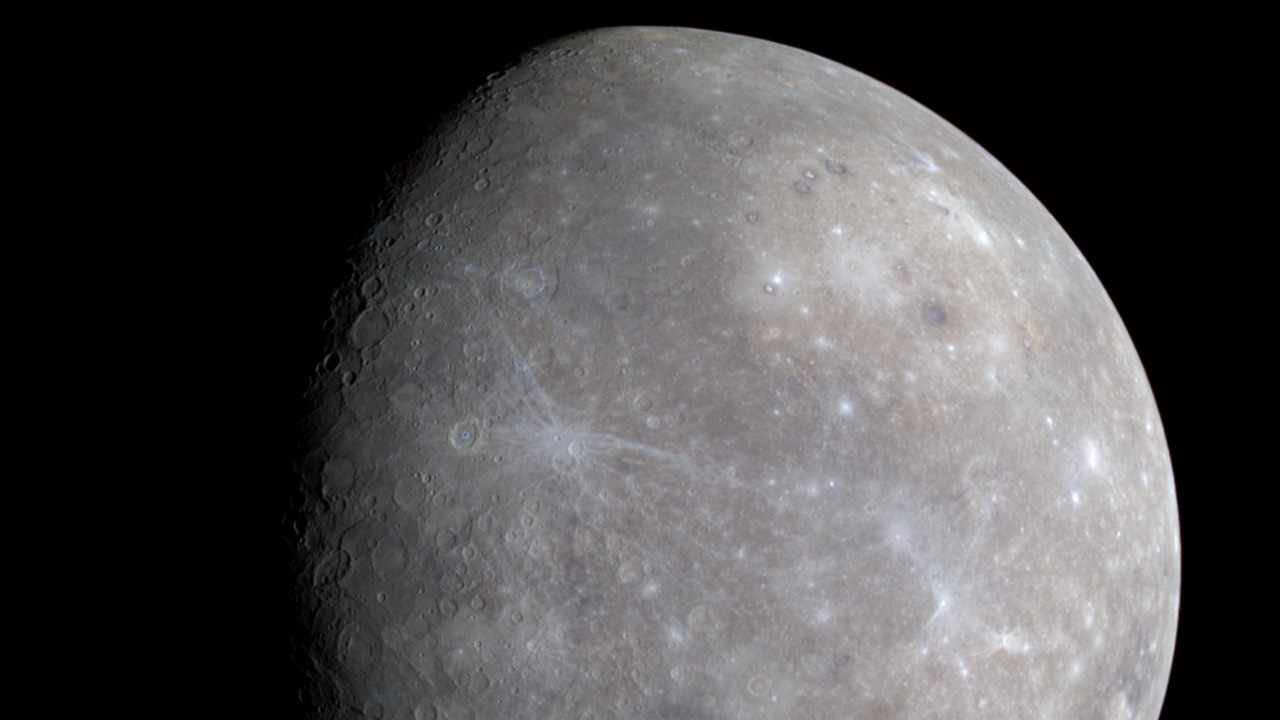
Mercury, one of the youngest planets, formed last among the inner planets after giant planet migrations cleared material. Evidence for this comes from core formation data from the MESSENGER mission (IFLScience). Earth’s assembly took place over 10-100 million years, incorporating a late veneer from impacts like Theia, which reset some surface ages but not the bulk formation (Live Science).
The timelines of Venus and Mars also offer interesting insights. Mars accreted quickly, but Venus faced prolonged bombardment, as revealed by Hf-W dating of meteorites (The Conversation).
Evidence from Moons and Asteroids Supporting Planetary Ages
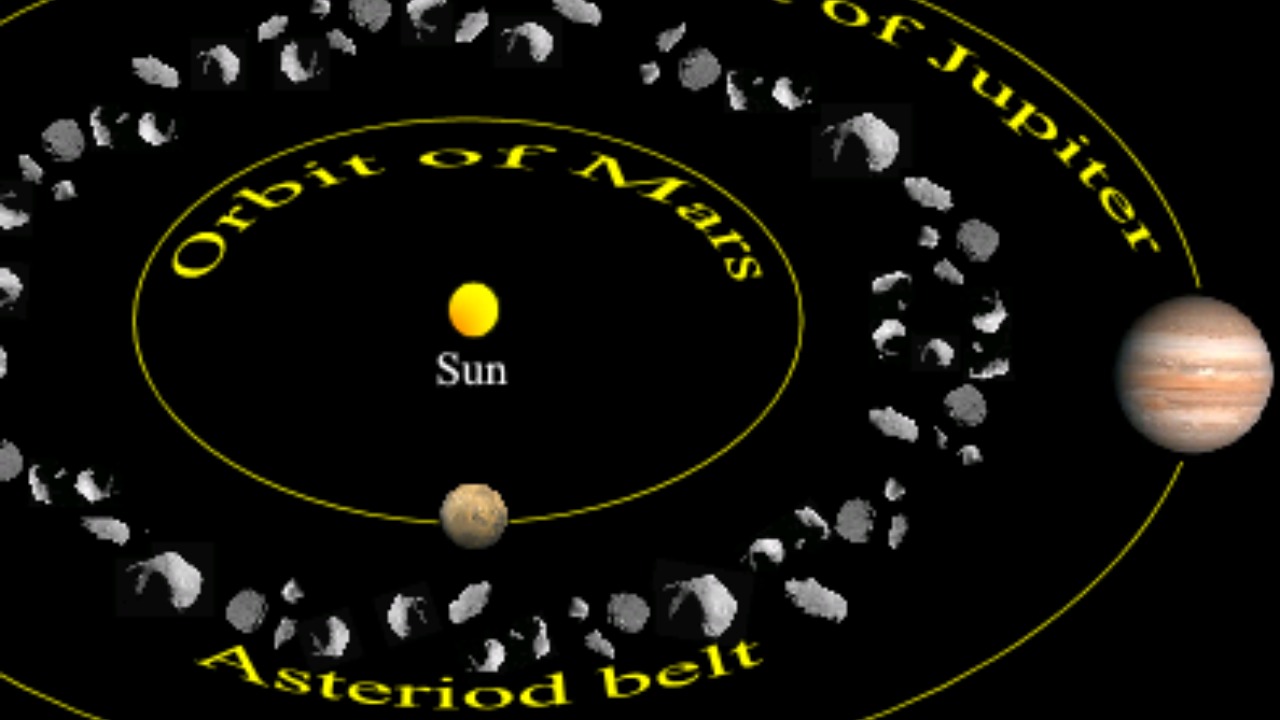
The oldest moons, such as Rhea around Saturn at over 4 billion years, corroborate gas giant formation timelines (IB Times). Younger moons, like those of Pluto or captured irregulars, offer analogies for late-stage planetary processes in the inner system (IB Times).
Asteroid belt remnants, like Vesta’s 4.5 billion-year-old crust, serve as proxies for interrupted terrestrial planet formation, providing further evidence for the age and formation sequence of our solar system’s planets (IFLScience).
Comparisons with Exoplanetary Systems
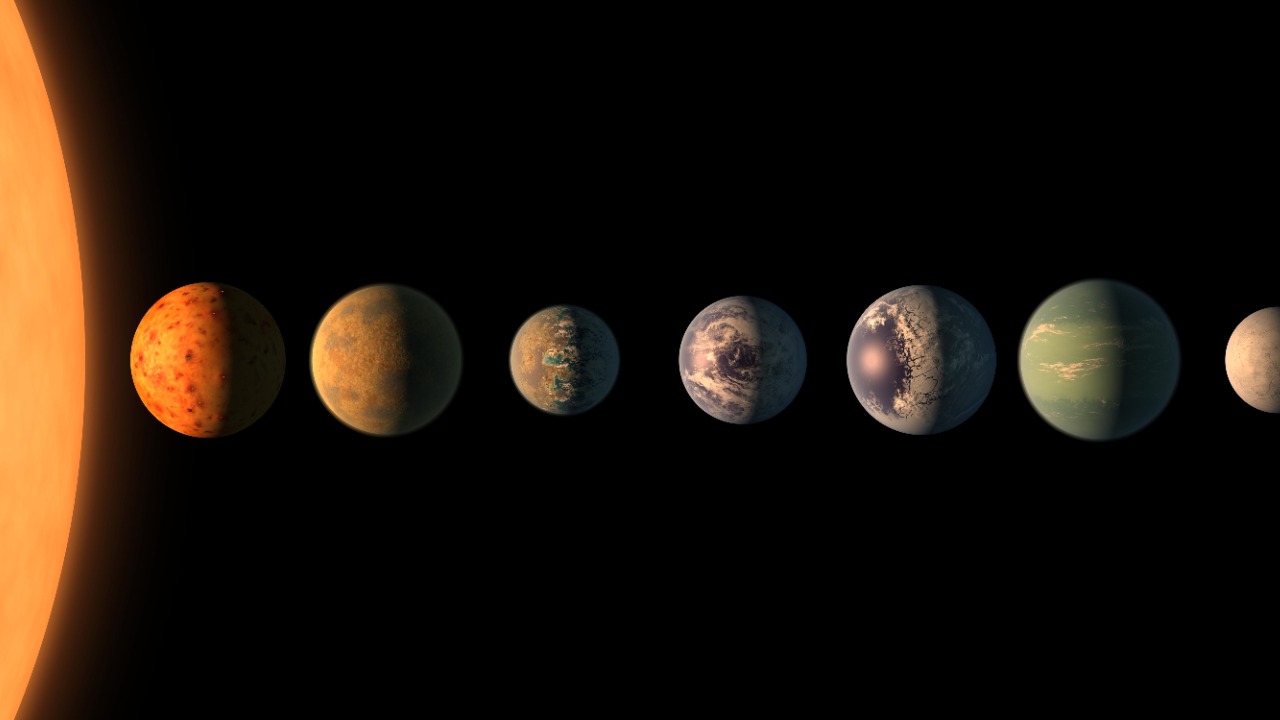
The solar system’s formation order contrasts with that of TRAPPIST-1, a 7.6 billion-year-old system with seven Earth-sized planets. This comparison highlights the slower assembly of rocky planets in cooler environments (JPL NASA). Data from Kepler and TESS on other systems show varied sequences, informing models of Jupiter-like early formers versus delayed terrestrials (The Conversation).
These comparisons have implications for habitability, as older systems like TRAPPIST-1 may have had more time for geological evolution (JPL NASA).
Challenges in Determining Precise Planetary Ages
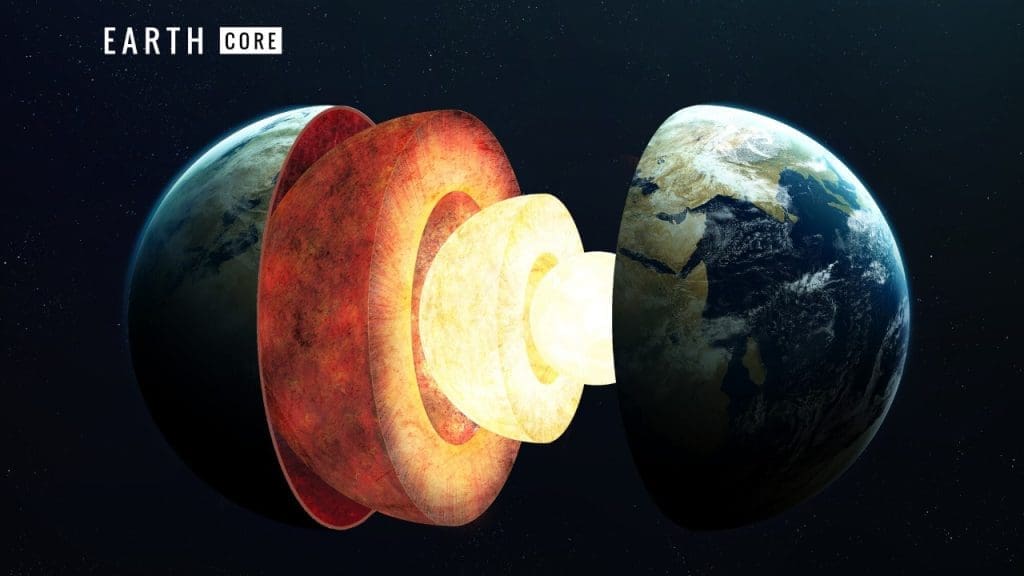
Despite these insights, determining precise planetary ages presents challenges. Radiometric dating, for instance, measures materials rather than whole planets, leading to uncertainties in bulk ages (Live Science). There are also ongoing debates in formation models, like the Nice model versus grand tack, which affect relative age assignments (The Conversation).
Future missions, such as Europa Clipper, could refine ages through moon and ring analysis tied to parent planets, offering the potential for even more precise understanding of our solar system’s history (IFLScience).